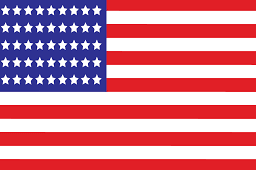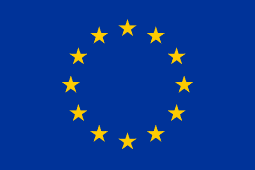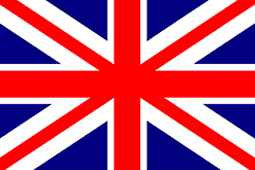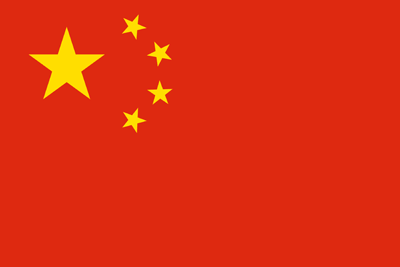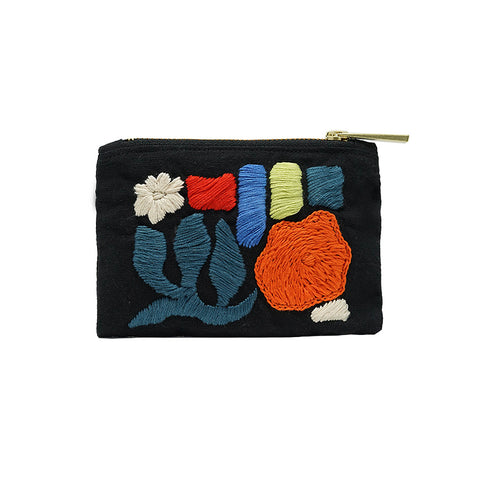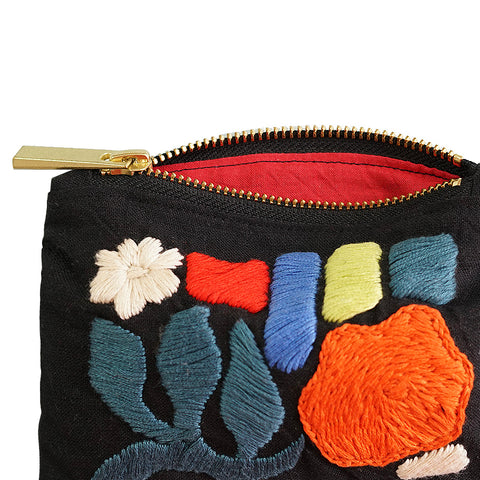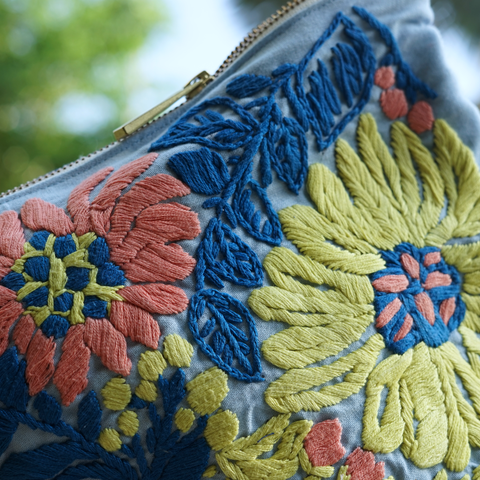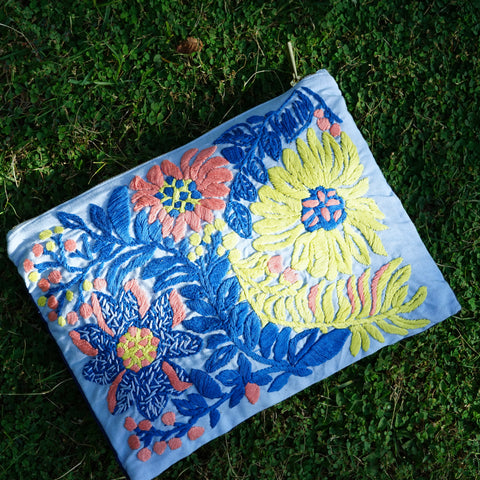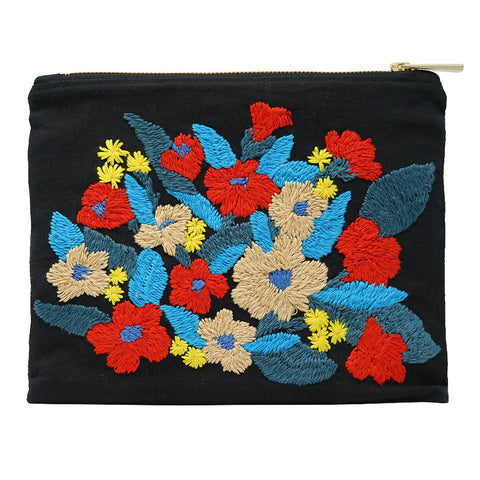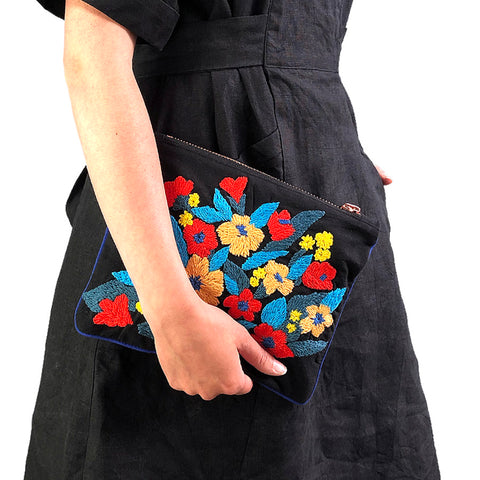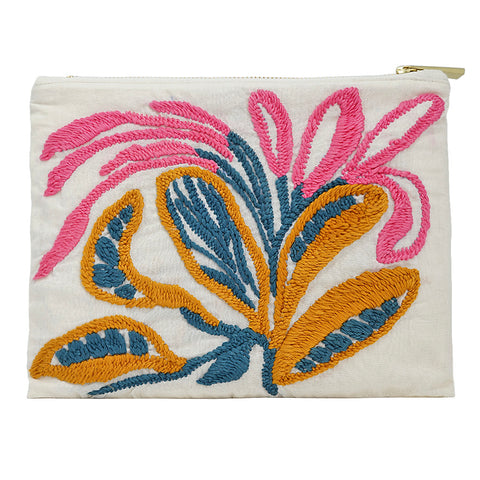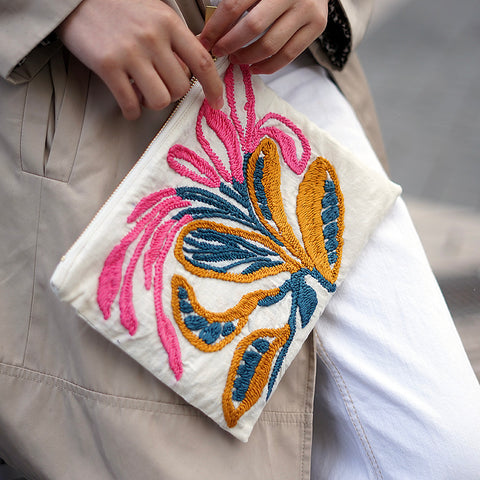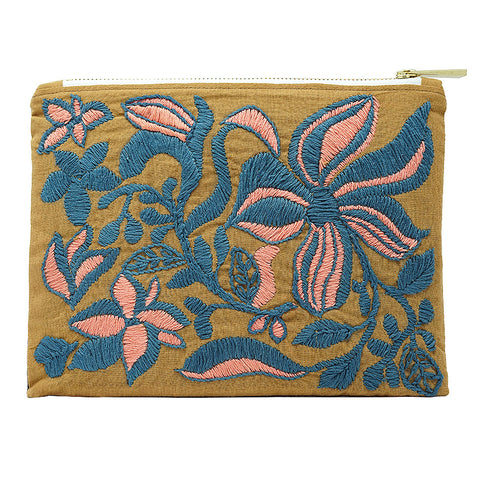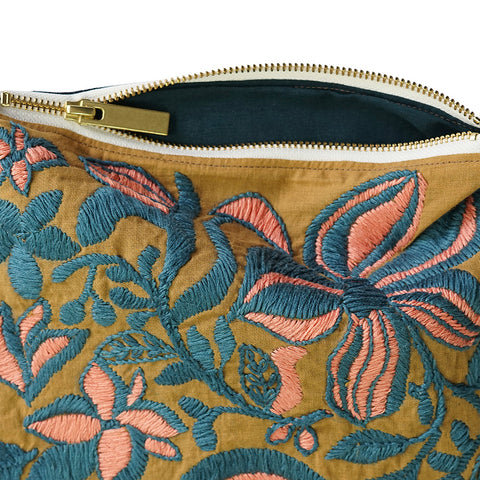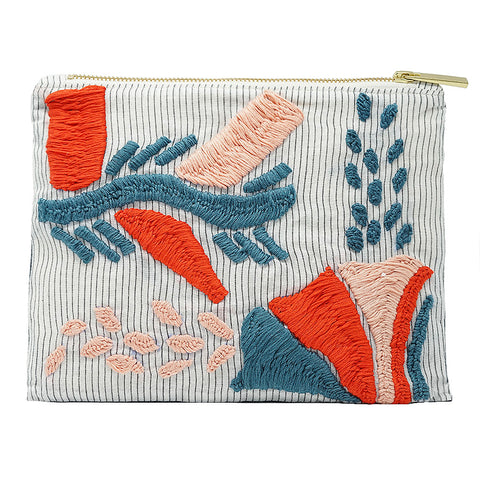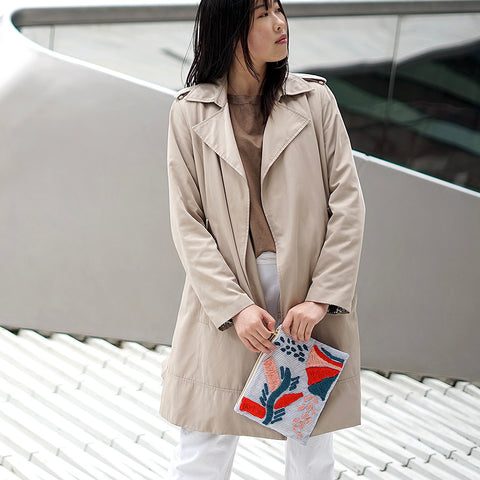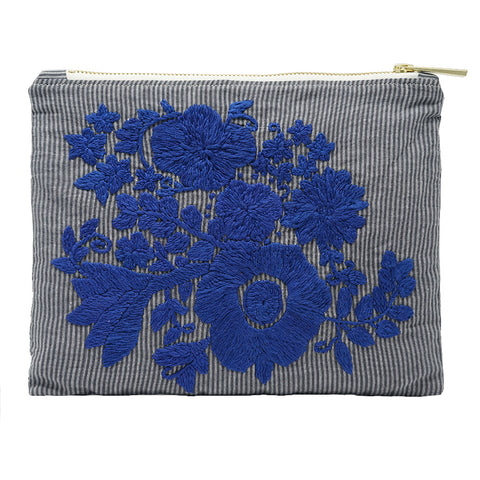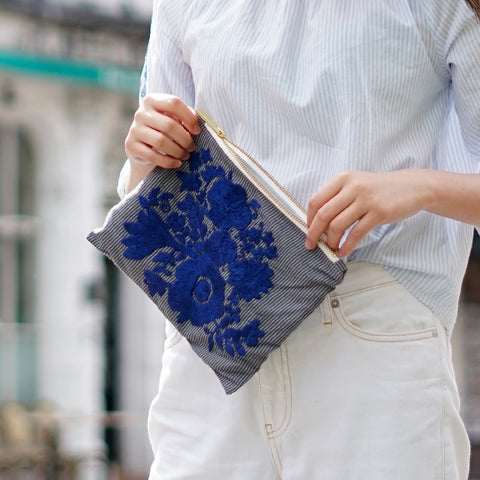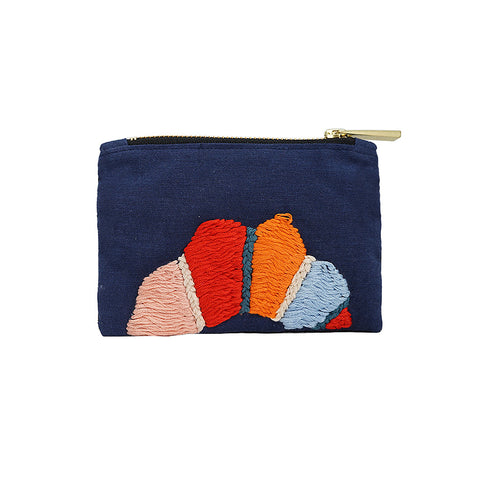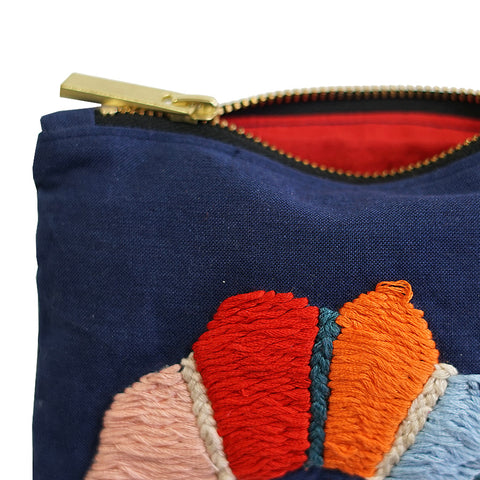Exploring the World of Natural Dyes: Madder Roots, Pomegranate Rind, Logwood, and some Fugitive Dye Flowers
I have always wondered how such rich and vibrant colors were achieved historically on textiles. The answer lies in the amazing world of plant dyeing. While modern synthetic dyes have gained popularity due to their convenience and consistency, there's something truly fulfilling about extracting colors from the plants. In this post, I would like to share my experiments with some classic dyes such as madder roots, pomegranate rind powder, logwood, and some fugitive dye flowers like jacaranda.
Madder Roots: Rich Reds and Soft Pinks

One of the oldest natural dyes in existence, madder roots have been used for centuries to achieve a stunning range of reds and pinks. The dye is extracted from the roots of the Rúbia Tinctorum and Rúbia Cordifolia plant, which is native to the Mediterranean region and parts of Asia. To obtain the dye, the roots are dried, ground, and then steeped in water. The resulting dye bath can produce a variety of shades, from deep burgundy to delicate blush tones.
Pomegranate Rind Powder: Warm Yellows and Earthy Browns

The vibrant hues of pomegranate can be transferred to fabrics using the rind, which is typically discarded as waste. Pomegranate rind powder is created by drying and grinding the outer skin of the fruit. This dye material not only produces warm yellow tones and earthy browns but it is also a great source of tannin. By varying the concentration and mordants used in the dyeing process, I was able to achieve a wide range of shades with this remarkable natural dye.
Logwood: Purples and Deep Blues

Logwood, derived from the heartwood of the Haematoxylum campechianum tree, holds the secret to creating purples and deep blues if overdyed with Indigo plant. This dye has its intense color properties since the days of the Mayan civilization. Logwood chips or extract can be simmered to create a dye bath that has an amazing range of colors, depending on the pH level. With the addition of various mordants, logwood can yield everything from delicate lavender hues to rich indigo tones, making it a favorite dye for me to work with.
Fugitive Dye Flowers Jacarandá: The Beauty of Impermanence

In the world of natural dyes, fugitive colors refer to those that are less lightfast or prone to fading over time. Some flowers, like the jacaranda, fall into this category. While the colors obtained from fugitive dye flowers may not withstand the test of time as well as other natural dyes, their beauty captures the essence of impermanence. The delicate pastels produced by flowers like jacaranda remind us of the transient nature of all things.
The art of natural dyeing allows us to connect with nature's palette and study the rich history of traditional textile arts. Working with plant dyeing opens up a world of possibilities, enabling us to create unique and environmentally friendly colors. I have posted a few pictures of my try-outs here. If you want to follow my ongoing experiments, you can follow me on instagram: https://instagram.com/aikgul?igshid=OGQ5ZDc2ODk2ZA==
Muito Obrigada

